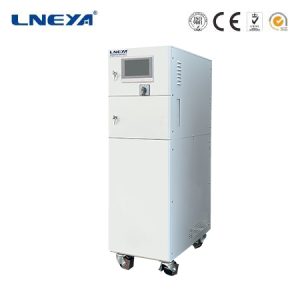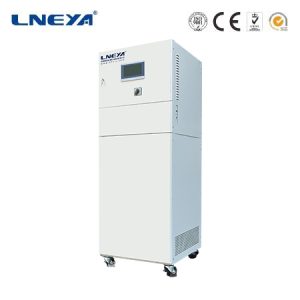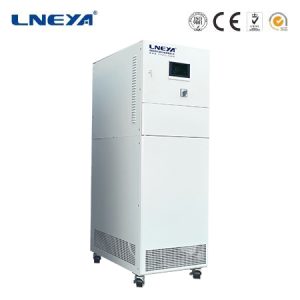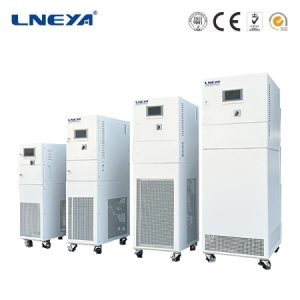Battery Thermal Management Systems of Electric Vehicles
Kontaktieren Sie uns noch heute für die perfekte Lösung zur Temperaturkontrolle
The automotive thermal management system is a general term for the components on the vehicle that are used to adjust the cabin environment and the working environment of the components. The main function of the thermal management system is to achieve fuel economy, safety and comfort through temperature control. The technical solutions for thermal management systems of fuel vehicles, hybrid vehicles, and new energy vehicles are obviously different. Only by understanding these differences and analyzing the relationship between these solutions and their development and evolution can we accurately predict the future market size and development of thermal management systems and components. key technologies.
1. Composition of thermal management system of fuel vehicle
The thermal management system of a fuel vehicle mainly consists of an engine cooling subsystem, a transmission cooling subsystem, an intake and exhaust thermal management system, and an air conditioning subsystem. The engine cooling subsystem generally consists of a radiator, cooling fan, thermostat, water pump, expansion tank (or fluid storage tank), coolant pipeline, water jacket in the cylinder block and cylinder head, and other ancillary devices. The engine cooling subsystem relies on the flow of coolant in large and small cycles to cool and preheat the engine.
The transmission cooling subsystem mainly consists of oil cooler, pipes and valve body. Transmission cooling mainly uses an oil cooler to absorb the heat of the lubricating oil and exchange heat with the ambient air or radiator coolant.
The air conditioning subsystem of a fuel vehicle consists of a compressor, condenser, evaporator, expansion valve, liquid storage dryer, pipeline, condensing fan, vacuum solenoid valve, idler and control system. The air conditioning system uses refrigerant to achieve cooling and uses engine heat to achieve heating functions.

2. Thermal management system composition of hybrid electric vehicles
The thermal management system of hybrid electric vehicles mainly consists of engine and motor electronically controlled cooling subsystems, transmission cooling subsystems, battery cooling subsystems and air conditioning subsystems. The power battery of hybrid vehicles has a small capacity and does not generate much heat. Therefore, the battery cooling method of hybrid vehicles mostly adopts air cooling. The air cooling system mainly consists of cooling air ducts, fans, and resistance wires.
The main thermal management needs of hybrid vehicles come from the engine, motor and motor controller. The cooling of these components mainly uses liquid cooling solutions, and one or more cooling circuits are formed according to the structure of the vehicle.
3. New energy vehicle thermal management system composition
The thermal management system of new energy vehicles mainly consists of motor electronically controlled cooling system, battery cooling system and air conditioning system. The motor electronic control cooling subsystem of new energy vehicles mainly uses liquid cooling. The liquid cooling system consists of a radiator, cooling fan, expansion tank, coolant pump, coolant hose and coolant temperature sensor. The liquid cooling system mainly relies on the cooling water pump to drive the coolant to circulate in the cooling pipe. Through physical processes such as heat exchange in the radiator, the coolant takes away the heat generated by the motor and the controller.
4. Key components
The thermal management system consists of multiple components, including control components (valves, controllers), heat exchange components (evaporator, condenser, radiator, oil cooler, intercooler, v-battery cooler, cooling plate, EGR Cooler), cooling components (cooling fan), driving components (water pump), thermal components (pipes), electric compressors and HVAC units, etc.
Due to the different thermal management system technical solutions of fuel vehicles, hybrid vehicles and new energy vehicles, the components are also different. The thermal management system of fuel vehicles is mainly composed of mechanical components, while the thermal management systems of hybrid vehicles and new energy vehicles have many electronic components.
E-Mail: info@lneya.com WeChat ID: +8615251628237 WhatsApp: +86 17851209193
 LNEYA
LNEYA
 简体中文
简体中文


















































































